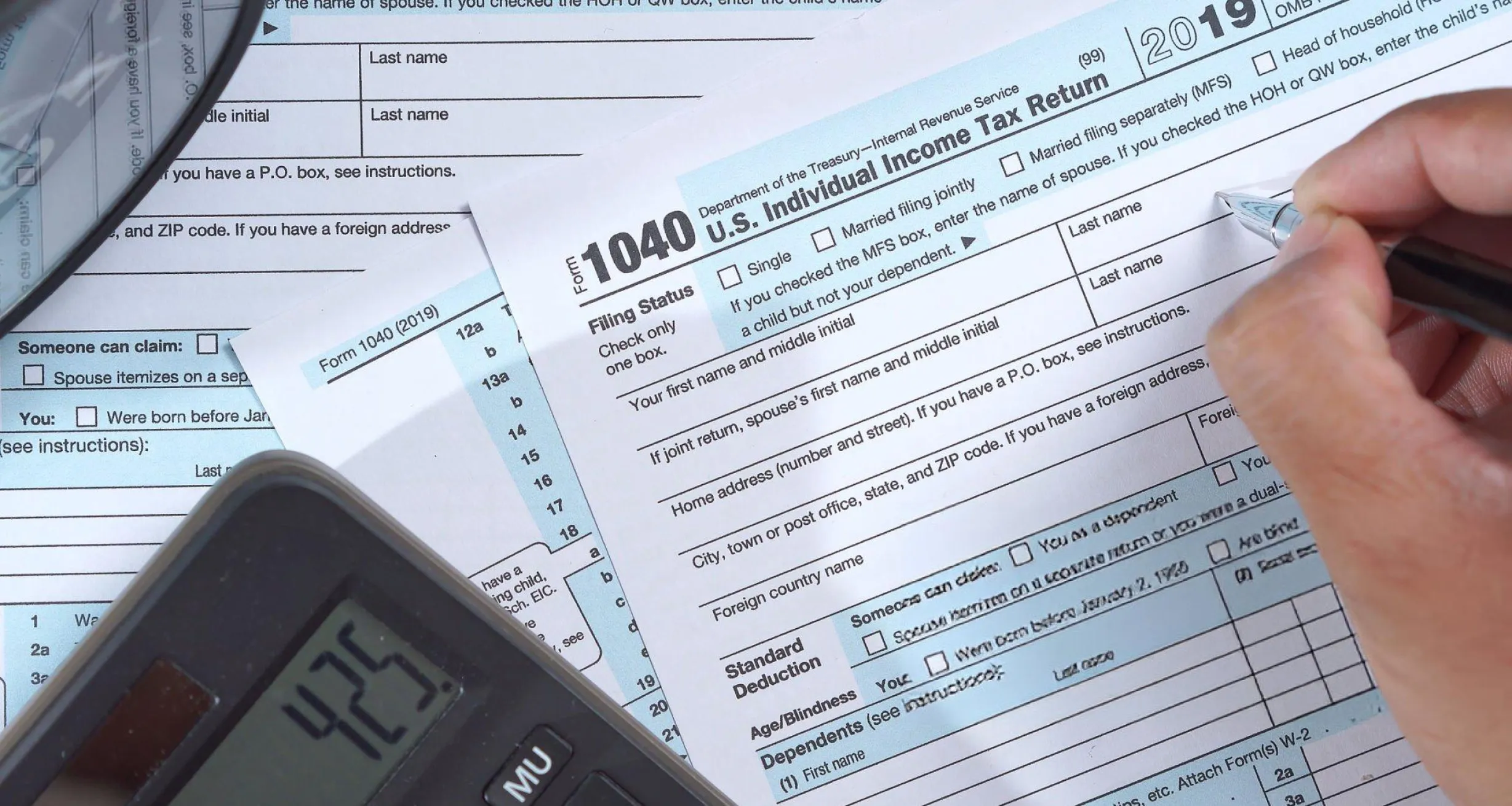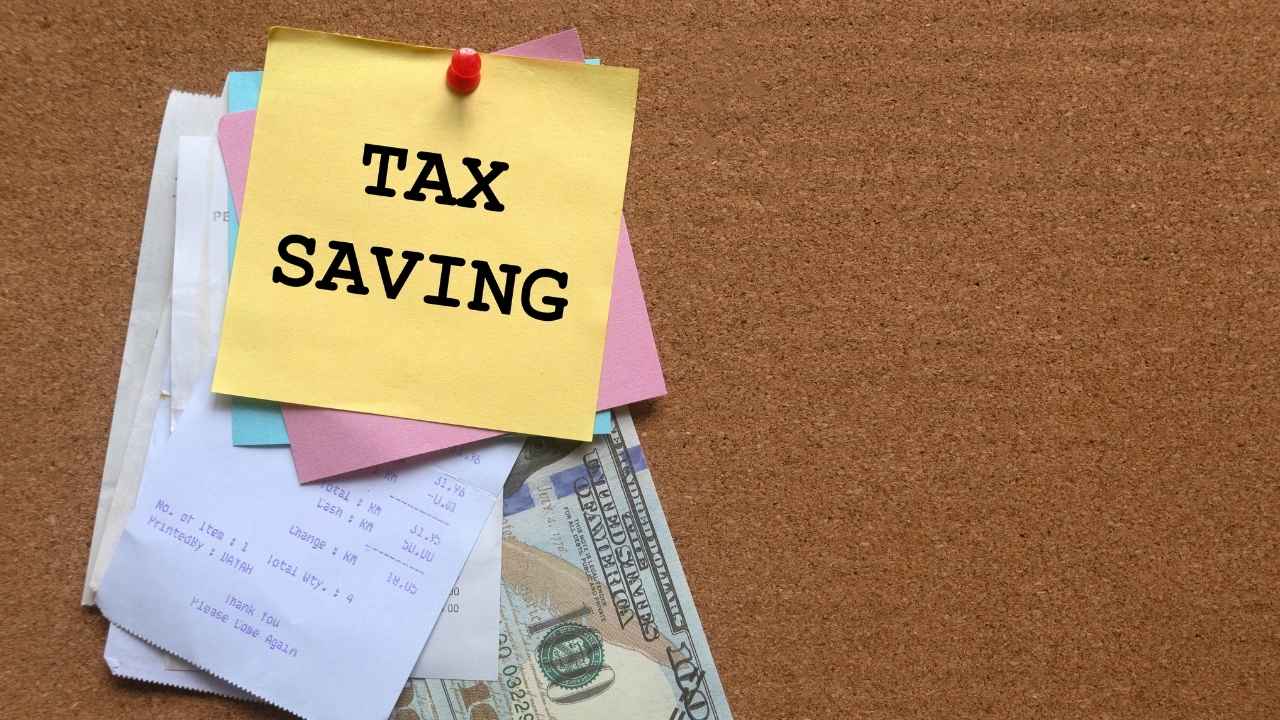Are you waiting for a property tax refund in Cuyahoga County? You’re not alone. Many people wonder why their money is late.
Delays can happen for many reasons. Knowing why can make you feel better. We’ll look into what’s causing the delay and how to check your refund status.
What Causes Property Tax Refund Delays?
Refunds don’t always come fast. Cuyahoga County handles thousands of tax payments every year. Mistakes or issues can slow things down.
One common reason is missing paperwork. If your refund request is missing details, it gets delayed. The county needs proof of overpayment, like a canceled check.
Another issue is high demand. After tax deadlines, like mid-February or July, the Treasurer’s Office gets flooded with requests. In 2024, Cuyahoga County handled over 550,000 active parcels, each with possible refund claims.
Sometimes, payments need extra verification. Electronic checks and credit card payments take 5–10 business days to process. If there’s a glitch, like a returned payment, it delays your refund further.
Why Should You Care About This?
Property taxes in Cuyahoga County are among Ohio’s highest. The average effective tax rate is 2.18%, compared to the state’s 1.43%. A delayed refund means your money is stuck when you might need it.
For example, the median home value here is $142,500. At the county’s tax rate, that’s about $3,684 in annual taxes. If you overpaid, even a small refund could help with bills or savings.
Delays also signal possible errors. Checking your status ensures your records are correct. This avoids bigger headaches, like penalties or liens.
How Does Cuyahoga County Handle Refunds?
The process starts when you request a refund. You submit a Real Property Refund Request Inquiry Form. The county then verifies your claim.
Verification takes time. They check if your payment cleared and confirm the overpayment amount. Refunds typically take 6–8 weeks to process.
If approved, you get a refund application. You must provide proof of payment. Without it, your request stalls.
In 2021, the county waived some late fees due to mail delays. This shows they can be flexible, but you should follow up. Posts on X often mention residents waiting months, urging others to stay proactive.
What Can Slow Your Refund Even More?
Certain situations complicate things. If your property is in foreclosure or has a tax lien, online payments might not work. You’ll need to call the Treasurer’s Office directly.
Tax lien sales add another layer. Cuyahoga County works with Finch Investment Group for these. If your taxes were sold, you must contact them at 844-729-5436 to resolve it.
Incorrect parcel numbers also cause issues. With over 550,000 parcels, mix-ups happen. Double-check your details before submitting.
Seasonal rushes worsen delays. February and July are peak times for tax payments. Refunds requested then compete with new bills.
How to Check Your Refund Status in Cuyahoga County
Want to know where your refund stands? Start online. Visit the Cuyahoga County Treasurer’s website and use the tax bill search tool.
Enter your parcel number, owner’s name, or address. This shows your payment history and any pending refunds. You can also call 216-443-7420 weekdays from 8:30 a.m. to 4:30 p.m.
Emailing Treascomment@cuyahogacounty.us with “Refund Status” in the subject line works too. Include your parcel number for faster help. Allow a few days for a response.
Can You Speed Up the Process?
You can’t rush the county’s system, but you can avoid mistakes. Always include your parcel number on forms. Verify your payment details before submitting.
Set up EasyPay for future taxes. This program lets you prepay automatically, reducing overpayment risks. You can enroll online if your taxes are current.
If you suspect an error, act fast. The sooner you clarify issues, the quicker your refund moves. Don’t wait for the county to notice.
How Do Other Counties Compare?
Cuyahoga’s process isn’t unique, but its scale is. Neighboring counties like
and Stark County Property Tax have simpler systems due to fewer parcels.
Trumbull County, with a 1.37% tax rate, processes refunds faster for its smaller population. Stark County, also at 1.37%, has a user-friendly online portal. Both see less backlog than Cuyahoga.
But, all counties need accurate paperwork. Missing details delay refunds everywhere, not just here.
What Else Should You Know?
Refunds aren’t automatic. If you overpay, the county applies it to your next bill unless you request it. This catches many residents off guard.
The Homestead Exemption can lower your taxes if you’re 65 or older or disabled. It saved eligible homeowners $200–$400 yearly in 2024. Apply through the Fiscal Office at 216-443-7050.
Public records matter too. Your tax info is online, but victims of domestic violence can request privacy protections. Contact the Ohio Secretary of State for details.
How to Stay Informed and Take Action
Stay ahead by checking your tax status regularly. Visit cuyahogacounty.gov/treasury for updates. Bookmark the tax bill search page for quick access.
Sign up for email alerts from the county. They notify you of deadlines and changes. This helps you avoid late fees or missed refunds.
Join local forums or follow X discussions. Residents often share tips on navigating the system. Search hashtags like #CuyahogaTaxes for real-time advice.
If you’re new to this, talk to a neighbor. Many have dealt with refunds and can guide you. Community centers also host free tax workshops.
Why This Matters Long-Term
Property taxes fund schools, roads, and services in Cuyahoga County. Understanding refunds keeps you connected to how your money is used. It also protects your finances.
Delays can frustrate, but they’re manageable. By staying proactive, you ensure your refund arrives as soon as possible. Plus, you learn the system for next time.
Curious about your taxes now? Check your status today. A few minutes could save you weeks of waiting.






